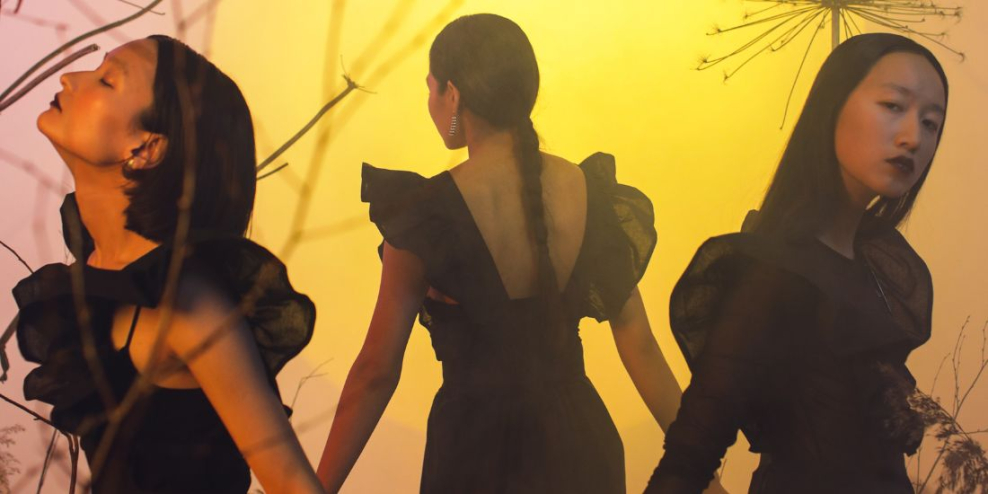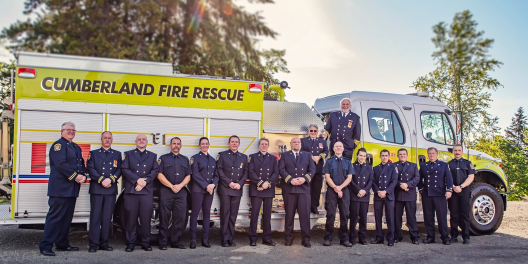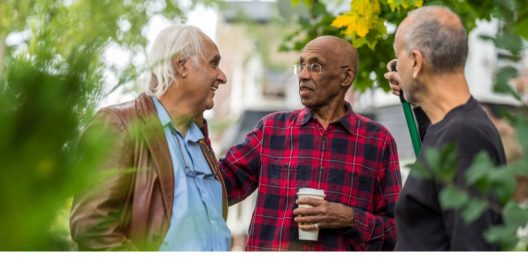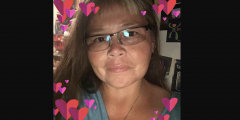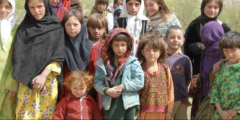There have been a ton of interesting events going on in the Comox Valley lately.
People aren’t just looking for entertainment.
They seem to be pursuing life’s ‘deeper’ meanings and focusing on connecting with others, nature, themselves, and forces that are a little…less tangible.
Almost “witchy” even.
If you scroll through events in the Valley right now, each one seems more eclectic than the last.
Full and new moon circles, ancestral healing workshops, a monthly mythology group meeting, and lots more are taking place all the time.
A new wave of spiritual discovery is washing over the Island.
But this “new wave” is, in fact, a very old one.
Most of us have heard about how witches were persecuted over the last few centuries, but who was considered a “witch,” anyway?
The term was most often applied to describe an educated woman or, less often, a man.
This was before “educated” meant attending a government-approved school.
Historically, knowledge was passed down from person to person and taught by someone with learnings to give.
For a long time, before religions started applying the term “witch,” these same educated people were considered the cornerstones of communities worldwide.
Especially within Indigenous or pagan groups.
They were healers and knowledge keepers. They held ancient knowledge of the natural world and culture while keeping their minds open enough to progress forward.
They’ve existed throughout history under many different names in cultures around the world.
Doulas, shamans, medicine women/men, hermits, alchemists, elders, bookkeepers, storytellers, knowledge keepers, weird cat lady at the end of the street – the list goes on.
They were someone people could come to for help, medicine, advice, care or just a great cup of herbal tea and intriguing conversation.
And then, quite suddenly, they became seen as a threat.
Once class divisions became more entrenched through colonial powers and religion, people who held knowledge and sway over the people around them became seen as very threatening to those in power.
“Witches” and others who fit this description, such as Indigenous people, were targeted.
In Canada, Indigenous peoples have borne the brunt of this destruction.
The genocide they’ve endured came out of this colonial fear of “non-Christian” ways of seeing the world.
But having diverse lenses to view the world is infinitely valuable.
Perhaps a “witch” is just someone who helps lead people to think differently, either directly or indirectly.
If our collective history has anything to teach us, it’s that living in fear or judgment does nothing but hurt all of us.
So, while these events may seem a little “woo-woo” to some, they show people exploring the world we all live in, keeping an open mind, and daring to live differently.
Combine that with the desire to come together, and it seems like the Valley is headed in a fascinating direction.

